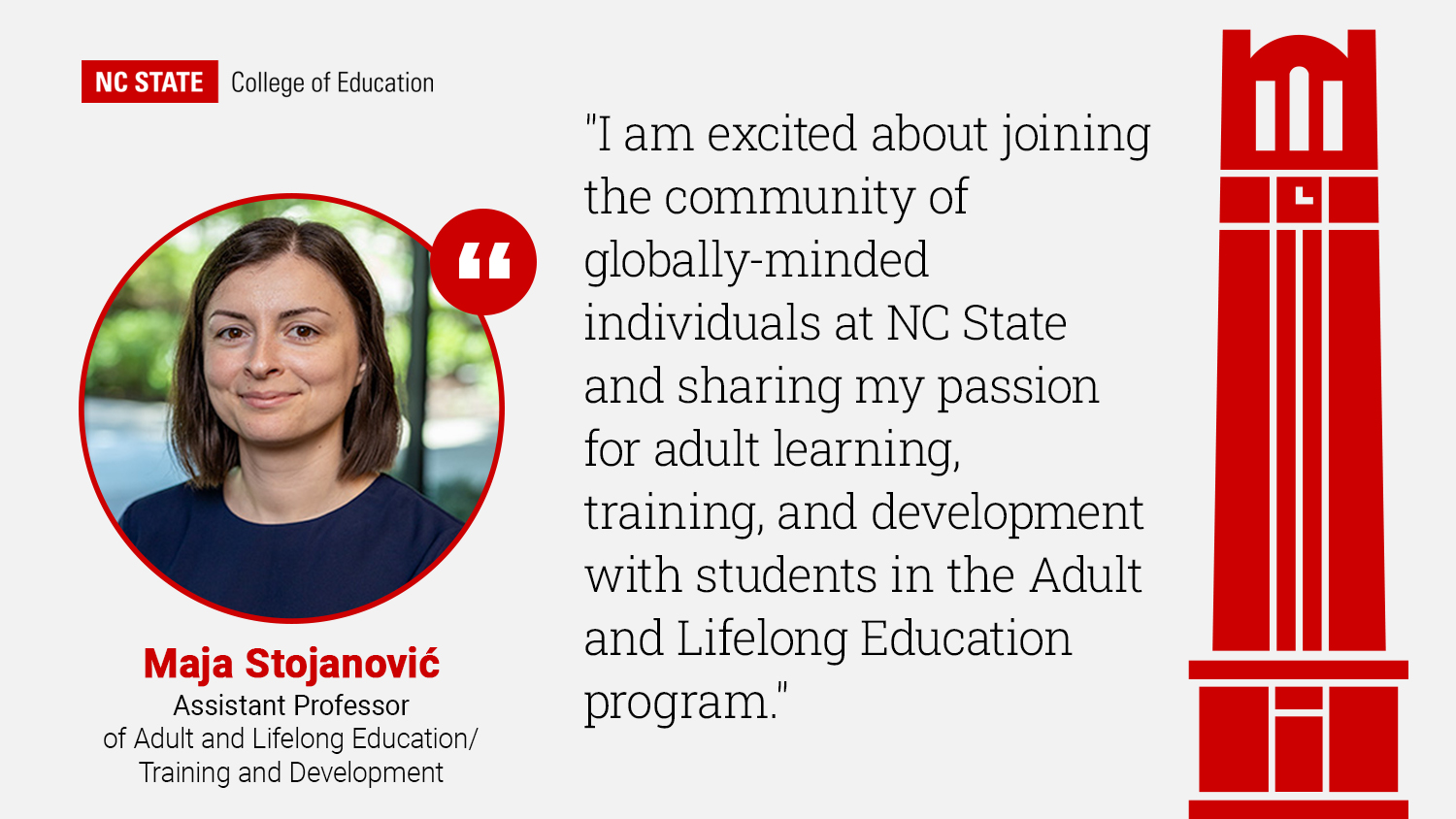Assistant Professor Jamie Pearson on Helping Children with Autism Tackle Food Selectivity

Jamie Pearson, Ph.D., assistant professor of special education at the NC State College of Education, spent much of her early career working as an applied behavior analysis therapist for intensive in-home programs for children with autism. There, she encountered her first student with a restrictive diet.
Many children with autism can develop food aversions that lead to nutritional deficiencies in essential food groups, vitamins and minerals. Overcoming these aversions, Pearson said, can lead to not only a healthier diet but also positive meal-time experiences, more opportunities for socialization and strengthened developmental trajectories for the child.
[spotlight-box label=”Attend The Webinar” img=”” heading=”Yuck! I Don’t Eat That! Nutrition & Selective Eating in Young Children with Autism featuring Jamie Pearson” cta=”More Details” url=”https://militaryfamilieslearningnetwork.org/event/30362/”]
Hosted by the Military Families Learning Network
When: June 12| 11 a..m.-12:30 p.m.
[/spotlight-box]
On June 12, Pearson — the founder of FACES (Fostering Advocacy, Communication, Empowerment, and Supports for African American Families of Children with Autism) who has spent the past decade working with children with disabilities and their families — will share advice for families struggling with food selectivity as part of the Sunrise to Sunset: Supporting Children with Autism Through Their Day webinar series.
In the below Q&A, Pearson previews some of the topics the webinar will cover and shares the steps parents and practitioners can take to help children with autism diversify their diet.
In your experience, what are some of the most common problems, limitations and concerns families of children with autism face regarding dietary preferences and limitations?
Children with autism are five times more likely to have mealtime challenges than their neurotypical peers. And, although many young children are often picky eaters in general, the complexities of communication and behavior that are associated with autism can make mealtimes more stressful for families. Parents of children with autism tend to experience higher levels of stress than parents of children with any other disability, so food selectivity can contribute to that stress as well.
What do you believe are the biggest misconceptions or misunderstandings surrounding children with autism and challenges related to diet?
One of the biggest misconceptions is that certain foods cause what are known as “stereotypic behaviors” or “classic autism characteristics.” Research findings have refuted this notion. We do know, however, that certain foods affect gut function in children with autism.
There is a misconception that children with autism are just being picky eaters, however some children experience painful physiological responses to certain foods, and it is important to rule out any medical issues that can be contributing to restrictive eating patterns.
Your research and work has focused on disparities that Latino and African American children with autism face in diagnosis and access to service. Do you believe that inequity carries over into the challenges related to diet and the ability to address those challenges?
Absolutely. We know that African American and Latino children with autism face disparities in access to care, more broadly. I would argue that these disparities carry over to access to dieticians, feeding specialists, and behavioral therapists, all of whom can support children with nutritional challenges.
It’s also important to note that our food choices and mealtime traditions are strongly rooted in culture. Therefore, even when minority families have access to professionals such as registered dieticians, it is critical that these professionals engage in culturally responsive practices to meet the needs of underrepresented families.
What advice to you have for parents and professionals who are trying to help a child with autism branch out in their diet and potentially overcome certain food aversions?
Step 1: Rule out medical conditions
Step 2: Work with a team of professionals to develop a plan
Step 3: Set a feeding schedule and routines
Step 4: Try new strategies
Step 5: Be patient and celebrate small and big accomplishments
- Categories:


